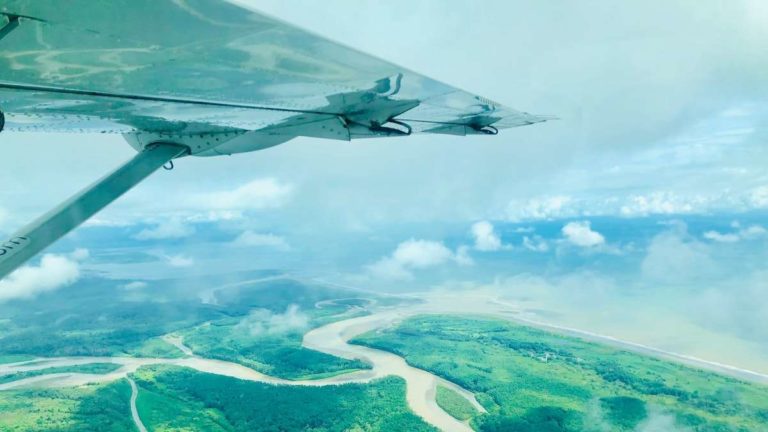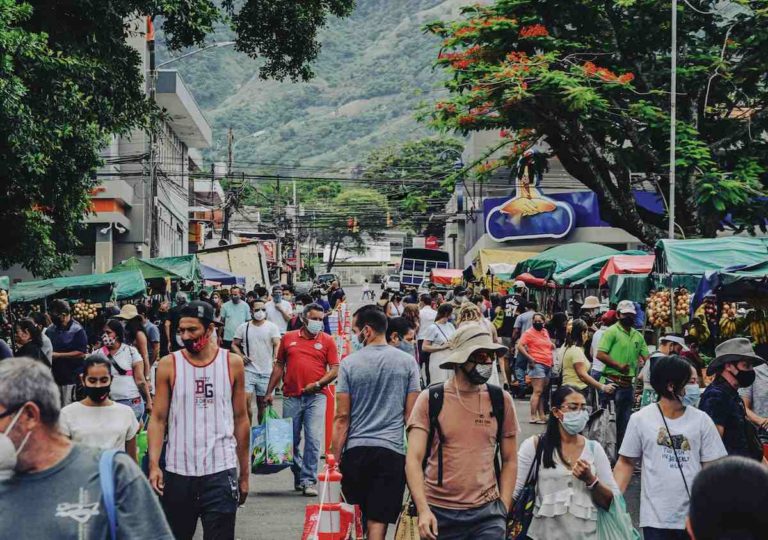Interesting facts about Costa Rica
Costa Rica is known throughout the world for its beautiful nature and biodiversity, as well as its wonderful and happy people. In this article, we’ll look at some interesting facts about Costa Rica that make this country a truly unique destination to travel to:

More than a quarter of the country is national parks.
In Costa Rica, more than anywhere else in the world, tourists and locals alike appreciate the natural environment and its beauty. Costa Rica has 20 national parks, 8 biological reserves, 26% of the country’s territory is essentially a nature reserve.
Tourism is the main source of revenue for the treasury.
Natural beauty and varied landscapes, with access to two oceans, have made Costa Rica a great holiday destination. As early as 1995, tourism revenues exceeded banana revenues.
Costa Rica is home to four World Heritage Sites.
The United Nations Educational, Scientific and Cultural Organization (UNESCO) has designated four locations in Costa Rica on the World Heritage List in terms of their cultural and natural significance. These include La Amistad National Park, Cocos Island National Park, Area de Conservación Guanacaste, and Precolumbian Chiefdom Settlements.
This country is one of the 23 countries in the world that does not have a regular army.
Costa Rica disbanded its national army in 1948, and the absence of an army was enshrined in the national constitution in 1949.

Costa Rica has one of the highest life expectancies in the world.
According to the World Bank, the average life expectancy in Costa Rica is 80 years. This figure is higher than in the United States. Costa Rica’s Nicoya region is one of the world’s five “longevity zones”.
Costa Rica has about 200 volcanic formations.
Of these, about 112, in one way or another, demonstrated their activities, 60 are considered asleep. Moreover, the Arenal volcano is the most active volcano in Central America, while Poas is the second widest volcanic crater in the world, Irazu is the highest volcano in Costa Rica.
The country of Costa Rica is slightly larger than Lake Baikal.
To understand the scale: Costa Rica with its almost 51,000 sq. km., taking into account the water area – against 31722 at Baikal. Costa Rica has an amazingly beautiful coastline of 1290 kilometers, which goes to the Pacific Ocean and the Caribbean.
More than 5% of all life on our planet lives in Costa Rica.
Costa Rica is a small country, but there are so many interesting things packed within its borders! Costa Rica covers only 0.03 percent of the planet’s surface and boasts the highest biodiversity density on the planet. The country is home to over 500,000 species!

Costa Rica is a land of butterflies.
Seriously, there are a lot of butterflies in Costa Rica. Costa Rica contains approximately 90 percent of all Central American butterfly species, 66 percent of all neotropical butterflies, and about 18 percent of all butterfly species.
More than 50 species of hummingbirds.
Of the 338 known hummingbird species, about 50 live in Costa Rica. The smallest bird living in Costa Rica weighs only 2 grams, and the largest hummingbird weighs 11.5 grams.
The people of Costa Rica are called TICOS and TICAS.
In common parlance, the people of Costa Rica refer to themselves as Ticos (men) and Ticas (women). This is due to the practice of adding a tiny suffix. TICOS and TICAS are very romantic and gentle. Costa Ricans call their soul mate NARANJA, which literally means “half an orange.”
In Costa Rica, road signs and signs were practically not used until 2012.
While today GPS shows us the street names … Costa Ricans wave their hand in the right direction, the old-fashioned way, and still don’t like route gadgets very much. In 2012, the capital of Costa Rica nevertheless introduced a complete system of road signs and signs.
PURA VIDA philosophy.
In Costa Rica, they often greet each other and say goodbye by saying “Pura Vida”. But the expression Pura Vida translated as “pure life,” is more than just a turn of phrase for Costa Ricans, it is a state of mind.
Costa Rica is at the international TOP of happiness.
With Pura Vida as the philosophy of Costa Rica, it’s no surprise that Costa Ricans are considered some of the happiest people on earth. The International Happiness Index uses many criteria to measure happiness, including life expectancy, well-being, and ecology, thereby determining overall happiness.








